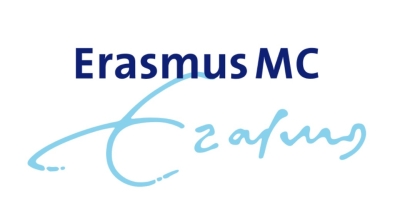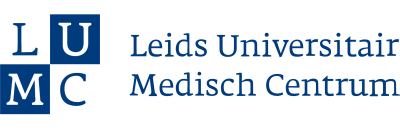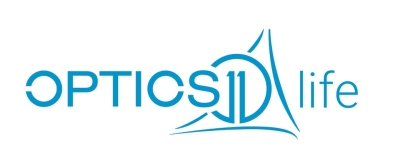Muscle exercise in a muscle-on-a-chip model
This project involves a collaboration between researchers from academia (Erasmus MC University Medical Center and Leiden University Medical Center (LUMC)) and industry (Optics11 B.V). The aim is to develop technology that can be used to study human muscles in the laboratory to obtain insight in the molecular mechanisms in healthy and diseased muscles. Muscles need exercise to stay healthy, but on the other hand certain forms of exercise may be detrimental in cases of a muscle disease. To investigate this, Optics11 B.V. will focus on a device that will be used to measure the contractile force of multiple muscles at the same time, and that can instruct muscles to exercise. Erasmus MC and LUMC will focus on generating and analysing muscle tissues from human healthy and diseased individuals, and to develop the exercise programs.
At present, no such technology is available. The societal and economic impact is expected to be considerable. The technology that will be developed is generic and applicable to other muscle disorders besides the two example muscle disorders studied here, Pompe disease and FSHD. It should promote a faster and more reliable development of therapies, including muscle exercise as a means to delay symptom development. This is highly relevant as there are over 1000 neuromuscular disorders but only very few treatment options.
The approach in this project is unique as it involves models of human individuals that will be analysed in a non-invasive manner, with multiple muscles at the same time.
Modules will be developed that can execute different training programs. The effects of the training on strength and endurance will be analysed. We will asses how muscle exercise affects the progression of Pompe disease and FSHD. This will reveal which types of muscle exercise may help to delay the progression of muscle disease.




